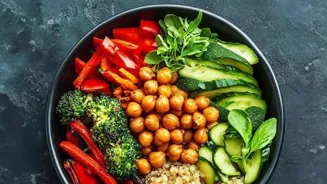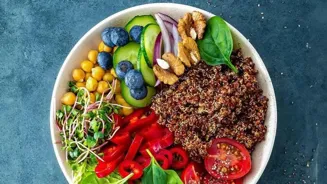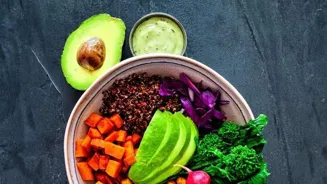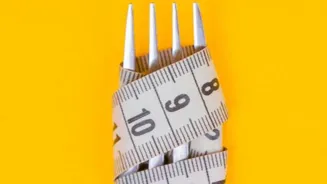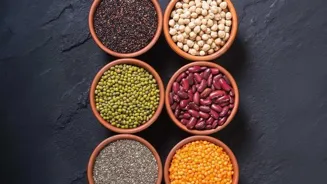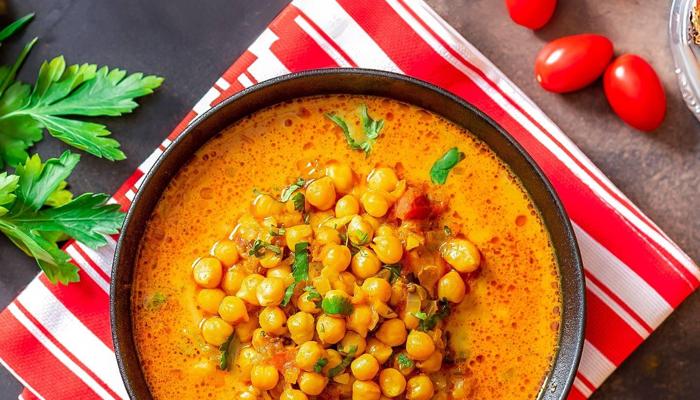Unlock the secrets of portion control for a healthier you. Discover why it matters and simple tricks to master it!
In India, where tasty food is a big part of our culture, understanding portion control
can be quite a game-changer for our health. We all love our parathas, biryani, and sweets, but sometimes we might not be aware of how much we are actually eating.
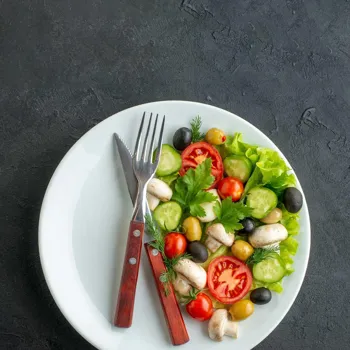
Eating too much, even of healthy foods, can lead to weight gain and other health issues. Portion control is all about being mindful of the amount of food you're putting on your plate and eating. It's not about starving yourself or cutting out your favorite foods altogether.
Instead, it's about finding a good balance so you can enjoy your meals without overdoing it. This article will guide you on how to understand portion control, why it’s important, and how to easily incorporate it into your daily life.
From using smaller plates to understanding food labels, we'll cover simple, practical tips to help you eat just the right amount and stay healthy. Let's dive in and discover how you can enjoy your favorite Indian dishes while keeping your health in check!
Portion control is key for health; excess leads to weight gain, health risks
Portion control is super important for keeping our health in top shape. When we eat bigger portions than our body needs, the extra calories get stored as fat, leading to weight gain.
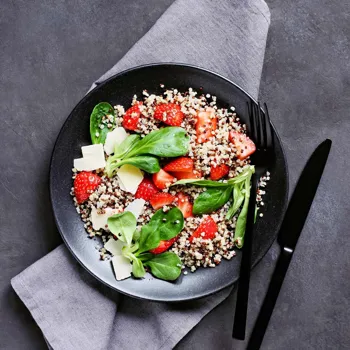
Over time, this can increase the risk of serious health problems like type 2 diabetes, heart disease, and high blood pressure. By managing our portions, we can prevent these issues and maintain a healthy weight. Think of it like this: our body is like a car, and food is the fuel.
If we fill the car’s tank too much, the extra fuel just spills out. Similarly, if we eat too much, the extra calories get stored as fat. Controlling portions helps us give our body just the right amount of fuel it needs to function properly.
It also helps us feel more energetic and improves our overall well-being. It's not just about losing weight; it's about making sure our body gets the right nutrients in the right amounts. So, by being mindful of our portions, we can enjoy a healthier and happier life.
Remember, small changes in our eating habits can make a big difference in the long run.
Control portions with smaller plates, measure food, read labels, eat mindfully, drink water
Controlling portions doesn't have to be difficult. There are many easy tricks you can use every day to manage how much you eat. One of the simplest is using smaller plates and bowls.
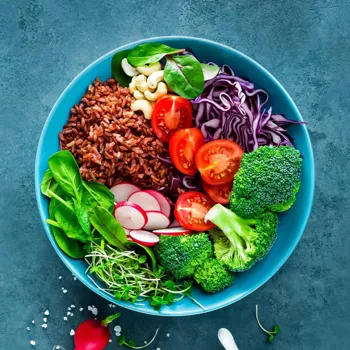
When you use a smaller plate, the same amount of food looks like more, which can trick your brain into feeling satisfied with less. Another trick is to measure your food. Use measuring cups or spoons to get an accurate idea of how much you're eating, especially for things like rice, dal, and oil.
Food labels are also your best friend. Always read the nutrition information on packaged foods to see the serving size and calorie count. Before you start eating, try to serve your meal onto a plate instead of eating directly from a big container.
This helps you be more aware of how much you're consuming. Avoid distractions like TV or your phone while eating. Focus on your food and chew slowly. This allows your brain to register when you're full, preventing overeating.
Drinking a glass of water before your meal can also help you feel fuller and eat less. By incorporating these simple tricks into your daily routine, you can easily control your portions and stay on track with your health goals.
Food labels provide essential info for portion control, helping manage weight and health
Food labels are like cheat sheets that give you important information about what’s inside the food you’re eating. They tell you the serving size, calories, and nutrients in each serving. Learning to read and understand these labels is a key part of portion control.
The serving size on the label is the recommended amount of food you should eat in one sitting. Pay close attention to this, as many people mistakenly eat more than one serving.
For example, a bag of chips might say it contains two servings, but many people eat the whole bag in one go, doubling their calorie intake. The calorie count tells you how much energy you're getting from one serving of the food. This is important for managing your weight.
Also, look at the nutrients listed, such as protein, carbohydrates, fat, and fiber. These numbers help you make informed choices about what to eat. Pay attention to the amounts of sugar, salt, and unhealthy fats, as these can contribute to health issues if consumed in excess.
When comparing different products, always look at the nutrition information per serving, not per package. Understanding food labels empowers you to make healthier choices and control your portions effectively.
Practice mindful eating to control portions and enjoy food fully
Mindful eating is all about paying attention to your food and the experience of eating. It involves slowing down, savoring each bite, and being aware of your body's hunger and fullness cues. This practice can greatly help in controlling your portions. Start by removing distractions while you eat.
Turn off the TV, put away your phone, and focus solely on your meal. Take small bites and chew your food thoroughly. This gives your brain time to register when you're full. Notice the colors, textures, and aromas of your food. Appreciate the effort that went into preparing it.
Pay attention to how your body feels while you're eating. Are you truly hungry, or are you eating out of boredom or habit? Stop eating when you feel satisfied, not stuffed. It takes about 20 minutes for your brain to receive the signal that you're full, so give it time.
Mindful eating is not just about what you eat, but how you eat. By slowing down and paying attention, you can learn to recognize your body's natural hunger and fullness signals, helping you control your portions and enjoy your food more fully.
Control portions with smaller bowls, plates, measure rice, load veggies, limit rich dishes, avoid snacks
When it comes to Indian meals, portion control can be easily incorporated with a few practical tips. Start by using smaller katoris (bowls) and plates. This will automatically reduce the amount of food you serve yourself.
For rice, a good rule of thumb is to use a measuring cup to ensure you’re having just one serving. When serving dal or sabzi, fill your katori only halfway. Load up on vegetables. Make sure half of your plate is filled with veggies, which are low in calories and high in fiber.
For dishes like biryani or pulao, limit yourself to a small portion and pair it with a large serving of salad or raita. Be mindful of the amount of ghee or oil you use in cooking. Use a spoon or dispenser to measure the oil instead of pouring it directly from the bottle.
When eating roti or naan, stick to one or two and consider opting for whole wheat versions, which are more filling. Avoid snacking on fried foods and sweets between meals. If you feel hungry, choose healthier options like fruits, nuts, or yogurt.
Lastly, remember to drink plenty of water throughout the day, as it can help you feel fuller and prevent overeating. By following these simple desi-friendly tips, you can enjoy your favorite Indian meals while keeping your portions in check.
Develop portion control with consistency, planning, and small changes
Making portion control a habit requires consistency and a bit of planning. Start by setting realistic goals for yourself. Don't try to change everything overnight. Begin with one or two small changes and gradually build from there. Plan your meals in advance.
Knowing what you're going to eat for each meal helps you avoid impulsive eating and make healthier choices. Prepare your meals at home whenever possible. This gives you more control over the ingredients and portion sizes.
Keep healthy snacks readily available, so you're less likely to reach for unhealthy options when hunger strikes. Enlist the support of your family and friends. Share your goals with them and ask for their encouragement. Don't be too hard on yourself if you slip up occasionally.
Everyone makes mistakes. Just get back on track with your next meal or the next day. Track your food intake. Keeping a food diary can help you become more aware of your eating habits and identify areas where you can improve.
Portion control for balanced eating and health success
Remember, portion control is not about deprivation; it's about balance and moderation. By making small, sustainable changes to your eating habits, you can achieve long-term success in controlling your portions and improving your overall health.
Consistency is key, so stick with it, and you'll soon find that portion control becomes a natural part of your daily routine.
AI Generated Content. Glance/InMobi shall have no liability for the content